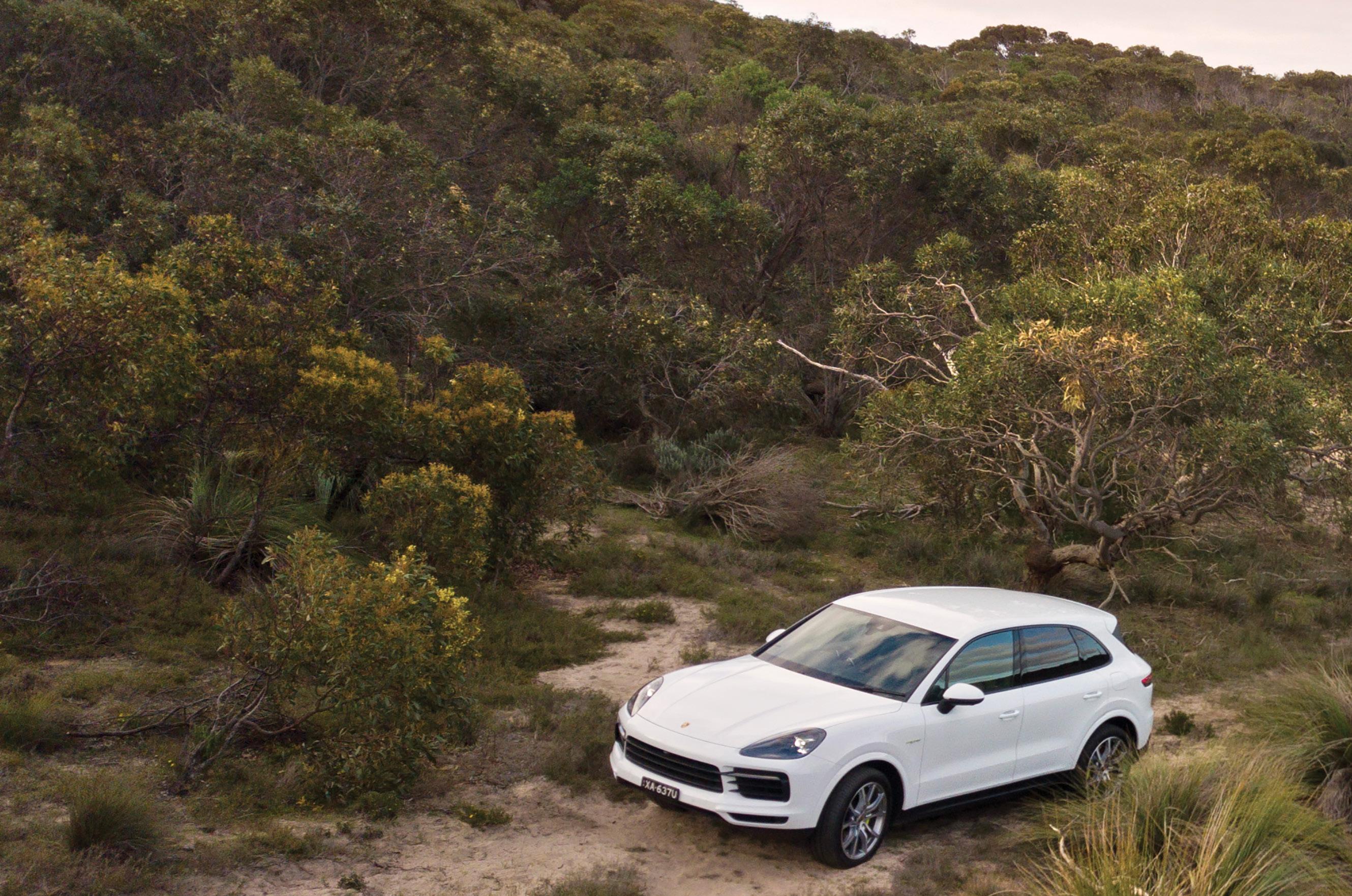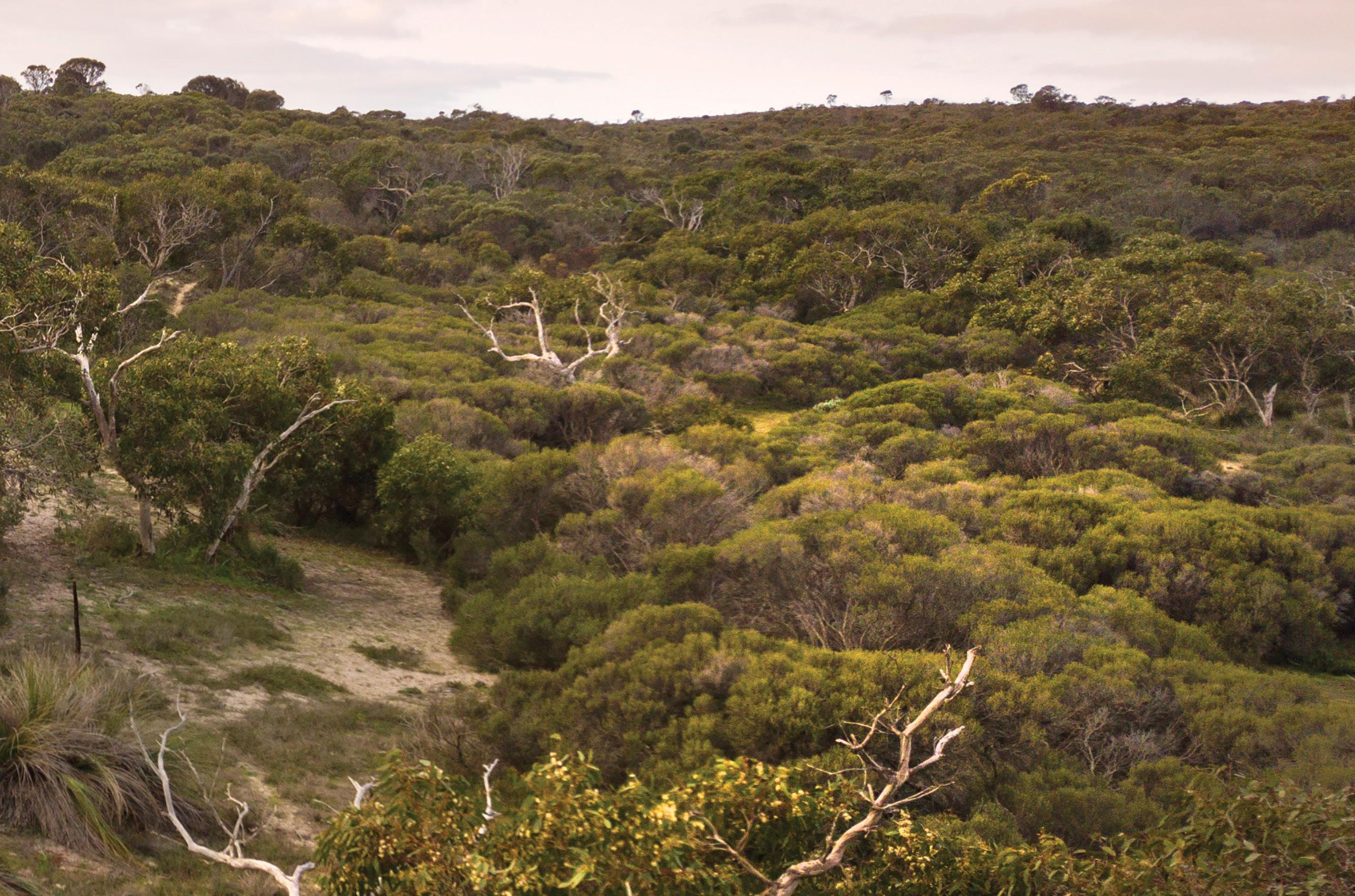
5 minute read
Porsche joins the South Pole for Australia
Porsche joins the
South Pole for Australia
Ecological responsibility and economic success go hand in hand at Porsche. Sustainable and responsible action is an essential pillar of the sports car manufacturer’s corporate philosophy.

Porsche’s contribution to sustainability extends much further than building electrically powered, environmentally sound motor cars, and much more than building ecologically sustainable manufacturing facilities such as the new Zuffenhausen plant in Germany. It means offering owners the opportunity to make their own individual contributions towards a sustainable future. In doing so, Porsche considers the entire value creation chain – from suppliers, to the product, to after sales and recycling. Today, Porsche AG uses 100% green energy for production and rail logistics. In Australia, Porsche also prioritises other sustainability measures like solar power and tyre recycling. “Sustainability is an essential pillar of our corporate strategy at Porsche,” says Sam Curtis, CEO & Managing Director, Porsche Cars Australia. “The global approach to sustainability at Porsche is holistic, working in all fields of action – ecological, economic and social.”
To further that aim, Porsche has activated the Porsche Impact program in Australia that allows owners to offset their personal carbon footprint using an online emissions calculator that estimates the CO2 footprint of their Porsche. By doing so, they support projects protecting the Australian environment. Contributions are based on consumption, annual mileage and the selected support project. For example, for a Porsche vehicle that has driven 15,000 kilometres with an average fuel consumption of 12 litres per 100 kilometres, an owner’s financial contribution is approximately $117 per year. As a result of Porsche’s partnership with leading project developer and global climate action expert South Pole, Porsche owners can choose between two certified local projects. The initiatives focus on sustaining the biodiversity of local flora and fauna, revegetation and Indigenous land management. Both projects are part of South Pole’s award-winning EcoAustralia credits, where an Australian biodiversity project is matched with an international Gold Standard emissions reduction project.
An Australian Biodiversity Unit is equal to 1.5 m2 of governmentaccredited, permanently protected Australian vegetation. The Gold Standard is an internationally recognised verification standard for emissions projects which ensures that the project and its benefits are real, verified and permanent. g

South Pole – shared beliefs with Porsche
In 2006, five young social entrepreneurs got together and founded South Pole. It has always stood for one shared belief – that economy and society can only thrive if businesses can embed sustainability and the environment into the heart of their activities. South Pole works with both local organisations and Australian subsidiaries of global leaders like Porsche on all areas of climate action. Tom Schroder, Head of Climate Action at South Pole points out: “We are very proud to enable Porsche to take climate action, both globally and here in Australia. It is such commitment that helps to preserve Australia’s pristine natural environment while also drawing down emissions.” South Pole’s presence in Australia covers both climate advisory and trading of environmental attribute certificates, such as carbon credits, renewable energy certificates and biodiversity offsets. As the world’s largest emissions reduction and biodiversity project developer with an active portfolio of Australian projects, the company also offers end-to-end project development. “We help our clients assess their climate risks and opportunities, measure and reduce their environmental impact, source renewable energy and carbon offsets, and support sustainability projects that transform lives around the world,” Mr Schroder says. South Pole has developed over 700 climate action projects worldwide. Their projects deliver measurable benefits aligned with the aims of the Paris Agreement and the UN Sustainable Development Goals. They improve lives, livelihoods and landscapes for communities around the world. With regards to Porsche Australia’s engagement, Mr Schroder adds: “Porsche is supporting two important local projects, which are really crucial to protect biodiversity in South Australia and Victoria.”

Porsche Cayenne E-Hybrid 4.3l/100km; 15,000km per year: Offset = $42

Mount Sandy – South Australia
The first project is Mount Sandy, located between the Coorong National Park and Lake Albert in South Australia. It is a pocket of intact native vegetation in a region dominated by farmlands, and it brings together Indigenous and non-Indigenous Australians to promote land conservation methods that have been used by the traditional owners of the land, the Ngarrindjeri people, for thousands of years. The 200-hectare site ensures permanent protection for all biodiversity, which is a unique mix of coastal shrublands and saline swamplands. The site provides habitat for iconic native wildlife, such as the short-beaked echidna, purple-gaped honeyeater and elegant parrot. g
CLIC K HERE TO LEARN MOR E
CLIC K HERE TO LEARN MOR E
CLIC K HERE TO LEARN MOR E CLIC K HERE TO LEARN MOR E

CLIC K HERE TO LEARN MOR E
CLIC K HERE TO LEARN MOR E CLIC K HERE TO LEARN MOR E CLIC K HERE TO LEARN MOR E
Myamyn – Victoria The second local initiative is the Myamyn project at Annya State Forest, located in south-western Victoria. The habitat is home CLIC K HERE TO LEARN MOR E CLIC K HERE TO LEARN MOR E to numerous vulnerable and endangered plant and animal species. The Myamyn project works to protect and rehabilitate the site after clearing and the introduction of an invasive eucalyptus species occurred in 1997. CLIC K HERE TO LEARN MOR E CLIC K HERE TO LEARN MOR E Originating in Tasmania, the blue gum is a fast-growing, hardy eucalyptus commonly used in plantations. Unfortunately, these attributes also mean that blue gums won out against local native species and disrupted the broader ecosystem. As a result, what was once a kaleidoscope of ecotypes at Myamyn became a largely homogenous area representing little value to the broader ecosystem.
So far 20 hectares of cleared land have been rehabilitated with a total of 200 hectares protected against further clearing hence the Myamyn project area is being regenerated. •









